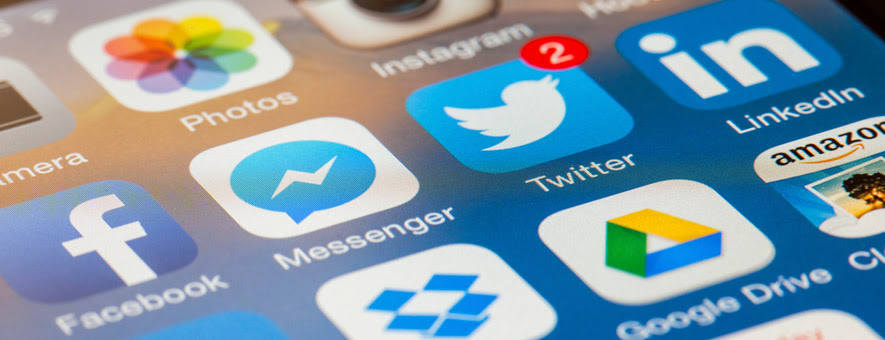
NB: This is an article from SiteMinder
When it comes to posting and sharing content, Twitter is less effective than Facebook and Instagram, and staff can find it overwhelming to keep on top of the continuous, snappy engagement that this social media platform demands.
That said, its 320 million monthly users can’t be ignored, and Twitter is without doubt the best social media channel for breaking news, tracking trends, and responding quickly to customer complaints and comments.
Twitter is especially suited to the fast-moving mobile use of frequent travellers, but they will not engage with sales-related tweets.
Don’t use Twitter to drive traffic to your website. Your goal is to connect and create momentum with your guests.
Here’s our advice on how to engage with and listen to your hotel’s customers on Twitter:
Speak up
Anyone taking to Twitter to complain about your hotel is already disproportionately upset. Thecustomer service process within your property has failed them somehow, and your silence in response to their tweet is contemptuous.
Don’t be afraid of engaging in this type of conversation. If you follow the guest on Twitter you can continue your discussion via private message, and return to the network with a public message along the lines of, ‘I’m so pleased we resolved this difficulty…’.
Speed up
Aim for a fast response time. According to Search Engine Watch (2014), 70% of surveyed Twitter users expect a response from brands they reach out to on Twitter.
Some 53% want a response in under an hour. Hotel operators are notoriously slow in responding to tweets.
Make sure staff keep their eyes peeled for any negative activity to respond to appropriately – and you’ll be among less than 30% of operators that bother.
Use hashtags
Tweets with hashtags receive 16% more retweets and favourites, according to Twitter. Anyone who searches for a hashtag you have used may find your tweet, and more importantly your hotel.
As well as generic hashtags such as #travel #trips, you should generate others that may resonate with your customers or that are appropriate to your location.
Don’t overuse hashtags though. They’ll make your tweet appear cluttered and disrupt the narrative. Twitter says to use no more than two hashtags per tweet.
Provide valuable information
A hotel can become a valuable news source by posting information about local events. Enliven your chat with photos of the city, discount vouchers, and comment on positive local news stories as they unfold.
Tweet about local events, especially if you’re providing a transport option or shuttle to them. Always include the host organisation’s Twitter handle in your comments, and images or videos.
Hilton has become well-known for the travel advice it gives out on Twitter – take a look at its profile @HiltonSuggests to see the kind of tips it regularly publishes.
Be proactive
Did one of your guests tweet that he isn’t looking forward to waking up before dawn for an early morning meeting? Surprise him with fresh coffee at his door. It’s quite straightforward to set up your Twitter feed to follow mentions of your city, a competitor or a local event.
Keywords like ‘lost’, ‘tired’ ‘hungry’ or ‘disappointed’ so you can come to the rescue of disenchanted travellers with the offer of a room at a special rate, or a free hot chocolate.
Don’t overdo this. Jumping on every tweet that mentions your town sounds desperate and you don’t want to dominate the conversation.
Personalise the experience
Your hotel is a people business and guests visit you for an experience. You should make an effort to replicate face-to-face interaction.
Put your name and the names of anyone who tweets on your business account. End your hotel’s tweets with names, as opposed to initials, to help create a sense of familiarity with your hotel and your staff.




